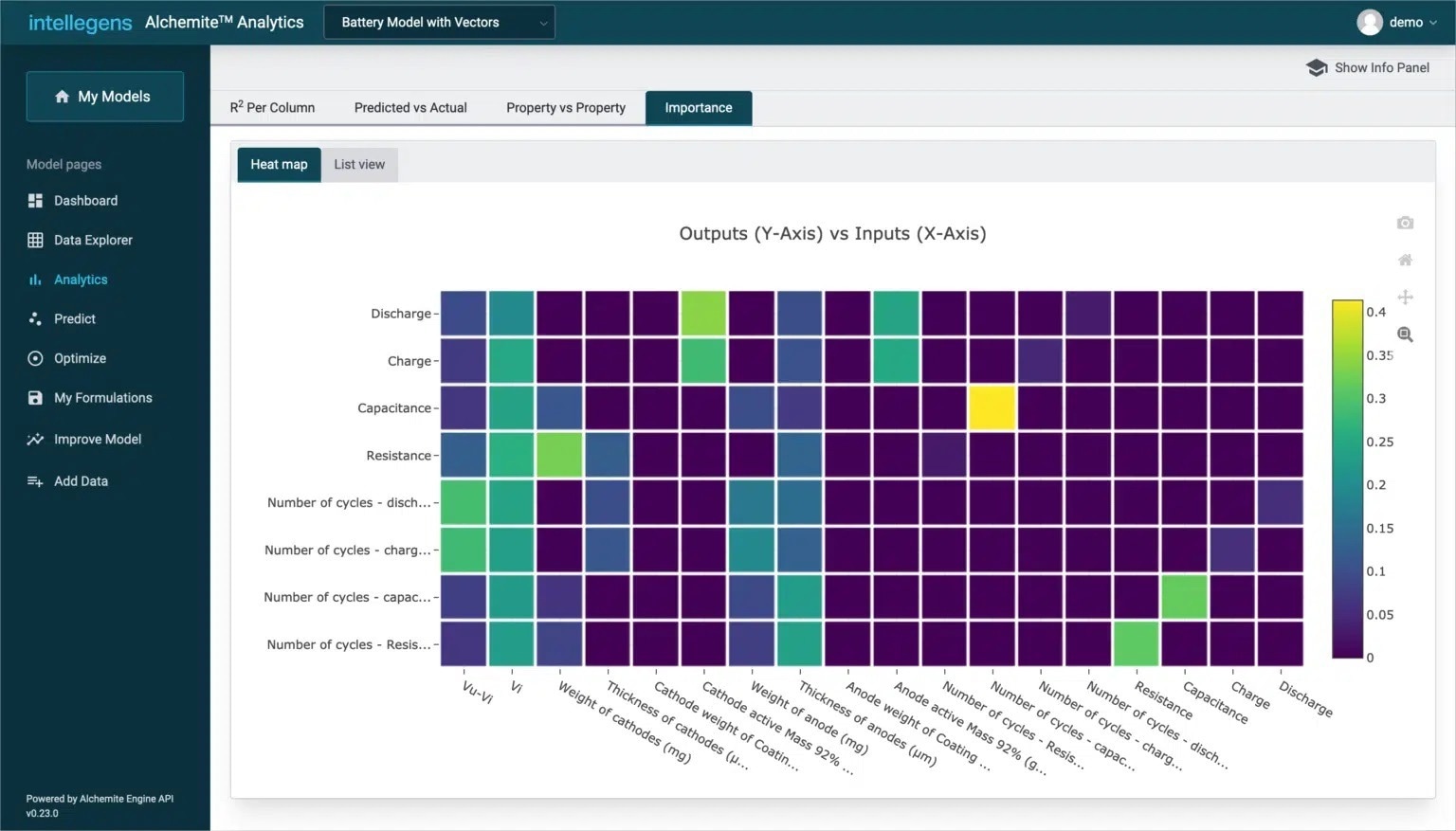One of Microsoft’s very few failures over the years was the Microsoft Zune, an MP3 player that crashed and burned – largely because, by the time it was released, Apple had already cornered the market with its fruit-emblazoned counterpart. This is just one example showing how time-to-market is critical.

Image Credit: Intellegens Limited
The crucial nature of time-to-market is not a new concept but one that has driven global trade for thousands of years. Thirty years ago, a classic McKinsey study showed that companies lost 33% of after-tax profit as a consequence of products shipping six months late.
Many factors feed into time-to-market, such as distribution, marketing strategy, production processes, and supply chains. Driven by the success of 1970s Japanese manufacturing, the McKinsey study was part of a wave of interest in ‘just-in-time’ approaches.
This article focuses on the earliest part of the value chain, R&D. A 2015 Boston Consulting Group report found that fast innovators obtain first-mover advantages, increase market share, lower development costs, and improve forecasting accuracy for their businesses.
R&D is, therefore, a race. Within materials, chemicals, and manufacturing, it is one where there is plenty of scope for intelligent and innovative companies to get ahead. Dr. Richard Padbury of Lucideon cited another McKinsey report in a recent webinar, which found that there was an average development time of 20 years for a new material.
How can machine learning (ML) change this picture? There are three main areas to focus on:
1. Perform Fewer Experiments
ML can help to focus experimental programs, which still represent the largest time-sink in development for many products. ML helps to select the set of experiments that most efficiently explore potential solutions – or in other words, it can continually answer the question: ‘What experiment should I do next?’.
When addressing such challenges, applied ML specialist Intellegens aims to reduce the experimental workload by 50-90%. To succeed, Intellegens has had to overcome two key barriers. First, it has had to develop ML methods that can extract insights from experimental data, even when that data is noisy and sparse. Most ML methods fail with such data. Second, it is also very important to accurately quantify the probability of success for a particular proposed experimental route – this enables rational decision-making.
2. Increase the probability of breakthrough insights
Breakthrough insights – the coming-together of critical pieces of information or moments of inspiration – are responsible for acceleration in R&D. Though such breakthroughs can never be guaranteed, their probability can be increased. Here, ML can be invaluable, finding correlations that a human may never spot in exploring large, multi-dimensional datasets.
Recently, an interesting example emerged from a publication on the search for anti-malarial drugs. The use of ML found a highly promising candidate compound – but it was one that the chemists admitted they would have dismissed as “ill-advised.” Subsequently, the compound was synthesized, and its potency was experimentally validated.

Image Credit: Intellegens Limited
Focusing on the word ‘insight’ is also vital. Instead of running an algorithm and predicting an outcome, users need to understand why the prediction is produced. Analytics like the importance chart (pictured) can assist in this understanding.
3. Re-using existing knowledge
“We would be so much faster if only we knew what we already know.”
There is a significant focus on IT systems that capture legacy data and its interrelationships within industry. Examples within R&D may include results from experiments and analysis, outputs of computer simulations, and process data for chemical, materials, and biological systems. From further downstream there may be, for pharmaceuticals, data from clinical trials or patient data, or, for manufactured products, manufacturing or in-service data.
Once again, ML can be applied to exploit these data resources. However, data sparsity remains the challenge: as data collated from multiple sources will inevitably have inconsistencies and gaps, it is important to have ML methods that can cope with them.
An ML model can become a valuable way to capture insights and knowledge for later re-use. However, it can be difficult to apply these models in real-world business environments if running or modifying them requires significant coding or scripting knowledge or data science expertise.
Intellegens has discovered that many of its customers wish to deploy the results of ML studies to their scientists and engineers through an accessible platform technology, like the Alchemite™ Analytics web user interface.
Want to try something new?
If R&D can be characterized as a race, it is perhaps less surprising that it requires certain tactics and strategies to win – acting as an edge over one’s competition. Machine learning could be that difference.
Previous difficulties in the successful application of machine learning are typically due to the factors covered in this article: the need for uncertainty quantification, sparse, noisy data, a lack of effective analytics, or perhaps the difficulty of deploying useful models. If any of these factors seem relevant, contact Intellegens today to find out how these challenges can be overcome before the competition starts to close in.

This information has been sourced, reviewed, and adapted from materials provided by Intellegens Limited.
For more information on this source, please visit Intellegens Limited.